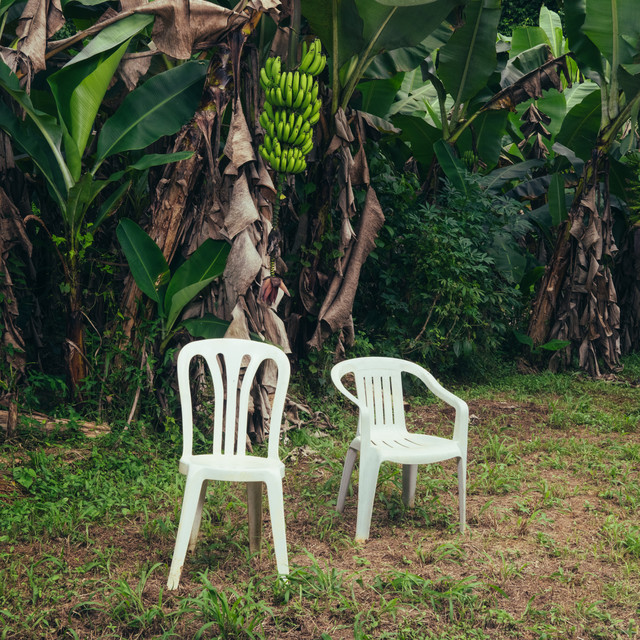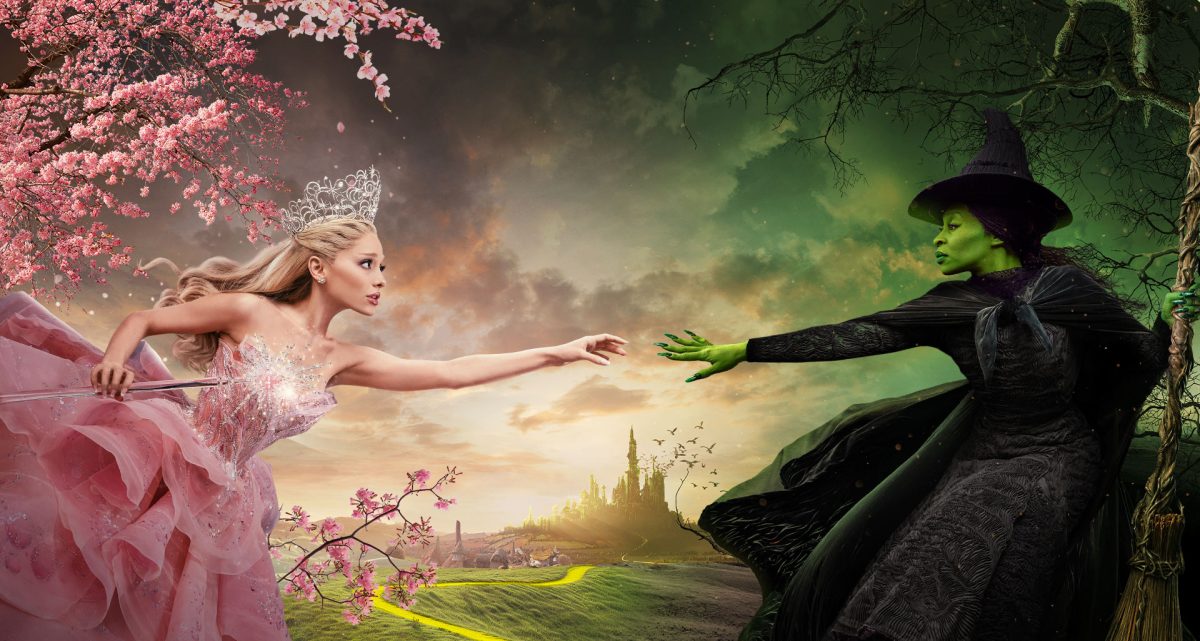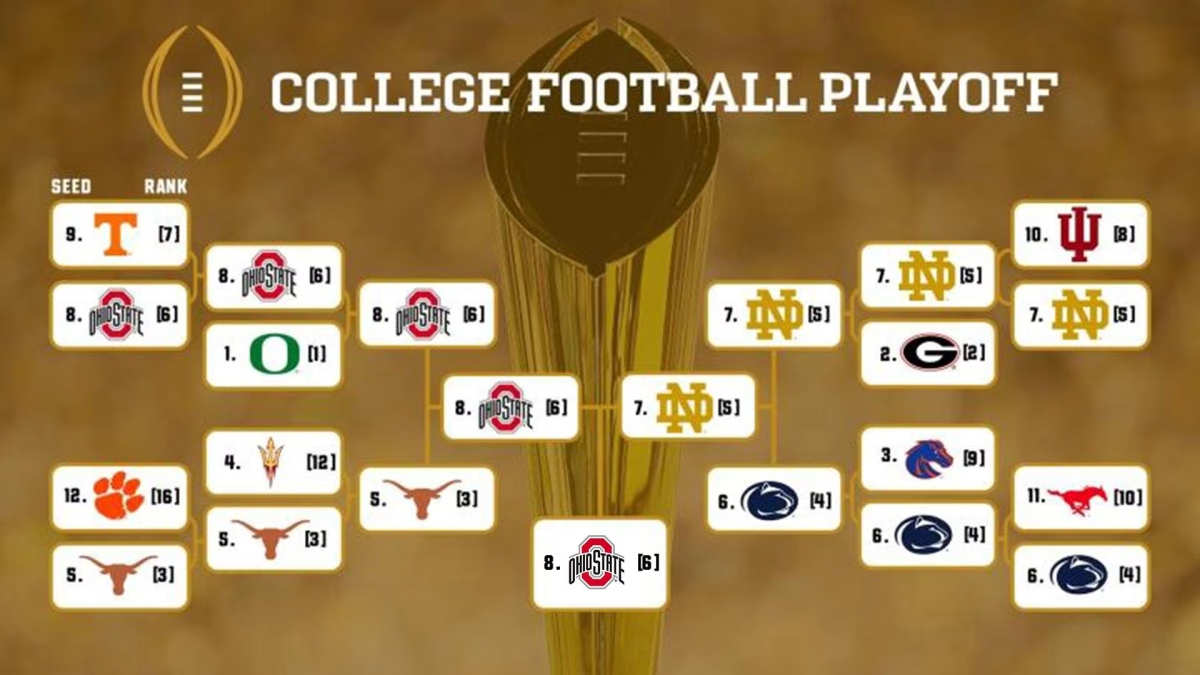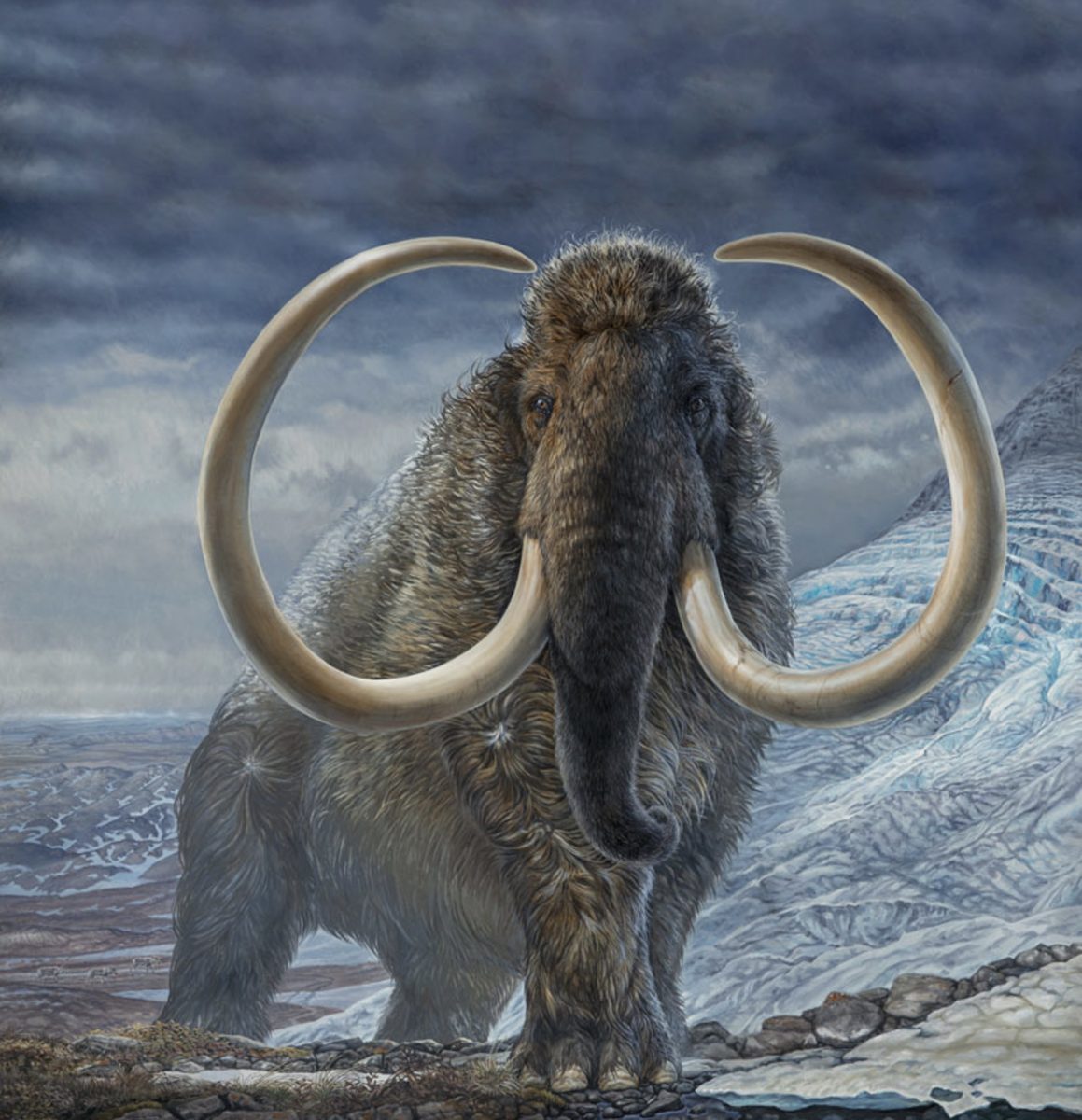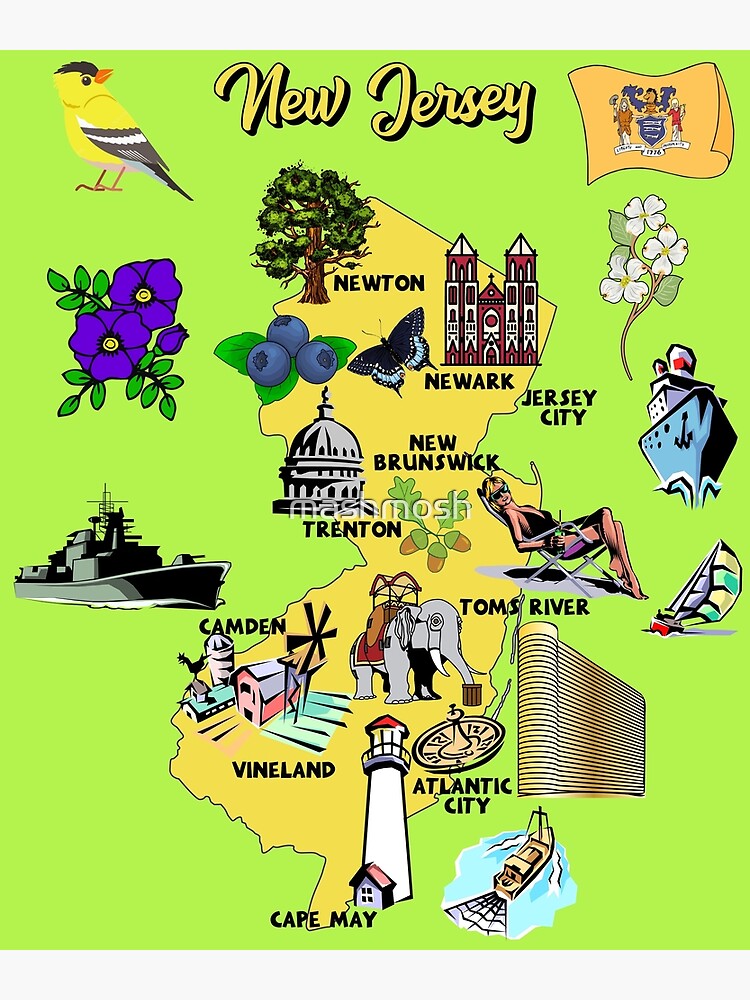Colossal is a science team that is trying to bring back woolly mammoths, and they publicly stated that they expect to bring them back by 2027. But there’s a problem. They need to prepare a habitat that will hold a population for mammoths.
Before Colossal brings back this enormous creature, they need to accomplish 5 goals. According to Colossal.com, they are “1) increase resilience of habitats to climate change and environmental upheaval, 2) develop new tools and techniques that will contribute to the global effort to save modern elephants from extinction, 3) understand the genetic traits of cold adaptation in animals, 4) drive advancement in multiplex genome editing, and 5) demonstrate that it’s possible to bring back an extinct megafauna species.”
I have gathered information by searching on the Colossal website, but how do other people view this topic, I wondered? I have asked the question, “How do you feel about scientists trying to bring woolly mammoths back?” to a student in the 7th grade, Adrianne B. Here’s what she said: “ What is the importance of bringing back woolly mammoths and wouldn’t that be hard for scientists to do? Where are we going to put them, because Antarctica is melting, so where are they going to go?”
Colossal is working on acclimating plants and animals to handle the cold so we can include them into the mammoth’s ecosystem. Woolly mammoths stood about 3 to 3.7 metres, or about 10 to 12 feet tall, and weighed between 5,500 and 7,300 kg, which is between about 6 and 8 tons. They use elephants to make the mammoth but they have to mix the elephant DNA with the mammoth’s DNA to make a smaller version of the mammoth. They do this because in the womb, the mammoth kills the mother elephant because the baby mammoth is too big.
I asked the question, ” Is bringing back woolly mammoths going to be good or bad for society and the ecosystems?” to fellow student Abhiksha S and she answered with, “I think that if we are bringing back woolly mammoths, we would need a place for them to survive so we would have to bring back their natural environment. And if we do that, maybe global warming rates will go down a lot. So I think it is a good idea. Though if we do bring them back, we will be their prey so there will be only woolly mammoths, so it is also a bad idea!”
The woolly mammoth child is called a calf. Mother mammoths give birth to only one calf at a time. The females roamed in herds of about 15. Woolly mammoths lived to about 60 years old, and through the years we have discovered that they can run 18-20 mph while we can run about 28mph. So technically, we can outrun them! Woolly mammoths had long dense dark black hair, a fatty hump on their backs , and a long nose-like trunk. They had large, tough curved tusks. Both the males and females had tusks, but the females’ tusks were smaller.
The woolly mammoth is an ancient giant that someday will walk on this land again.





